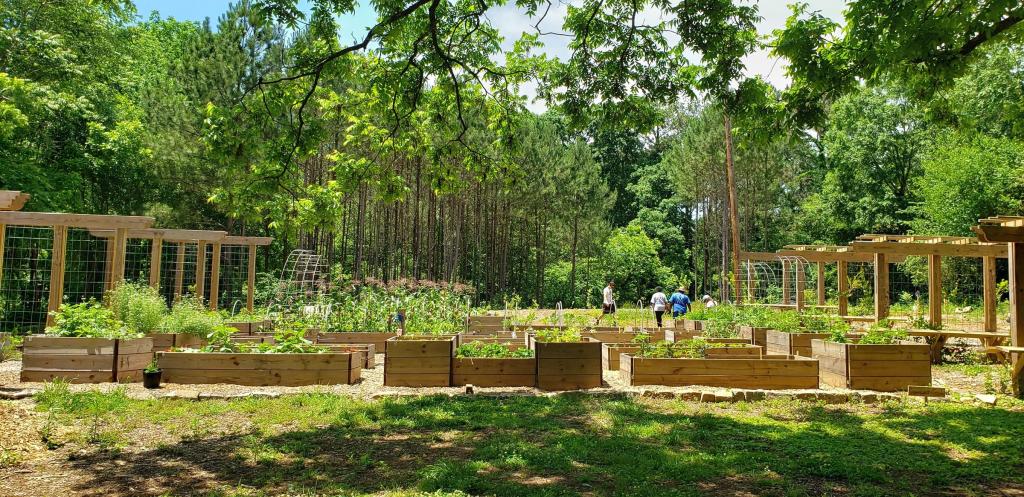Establishing a food forest is an excellent way to create a sustainable and self-sufficient source of food on your homestead. Food forests, also known as edible landscapes or forest gardens, mimic the structure of natural forests by incorporating various layers of plants that work together harmoniously. With careful planning and implementation, you can transform your land into a thriving ecosystem teeming with diverse plant species and abundant produce.
The first step in establishing a food forest is proper site selection. Choose an area with ample sunlight, good drainage, and access to water sources. Consider the size of your property and start small if you’re new to this practice.
Once you have identified the location, design the layout of your food forest. Start by selecting canopy trees such as fruit or nut trees that will provide shade for smaller plants below. Underneath the canopy layer, include shrubs like berries or currants that thrive in partial shade.
Next, incorporate herbaceous plants like herbs and vegetables that grow closer to the ground. These plants help fill in gaps between shrubs while adding diversity to the ecosystem. Finally, don’t forget about root crops such as carrots or radishes which can be grown underground.
One essential aspect of a successful food forest is companion planting – strategically placing complementary species next to each other for mutual benefits such as pest control or nutrient sharing.
In terms of maintenance, food forests require less effort than traditional gardening methods once established properly. The layered structure helps reduce weed growth while retaining moisture in the soil naturally.
Additionally, consider incorporating permaculture principles into your food forest establishment process. Permaculture focuses on designing sustainable systems by observing patterns found in nature and applying them to human-made environments.
Overall, establishing a food forest takes time but offers long-term rewards both environmentally and nutritionally. It provides numerous benefits including increased biodiversity, improved soil health, reduced dependency on external inputs like pesticides or fertilizers, and ultimately yields fresh organic produce year after year. So, if you’re looking to enhance your homestead’s self-sufficiency and create a beautiful, productive landscape, consider starting a food forest today.


Leave a comment